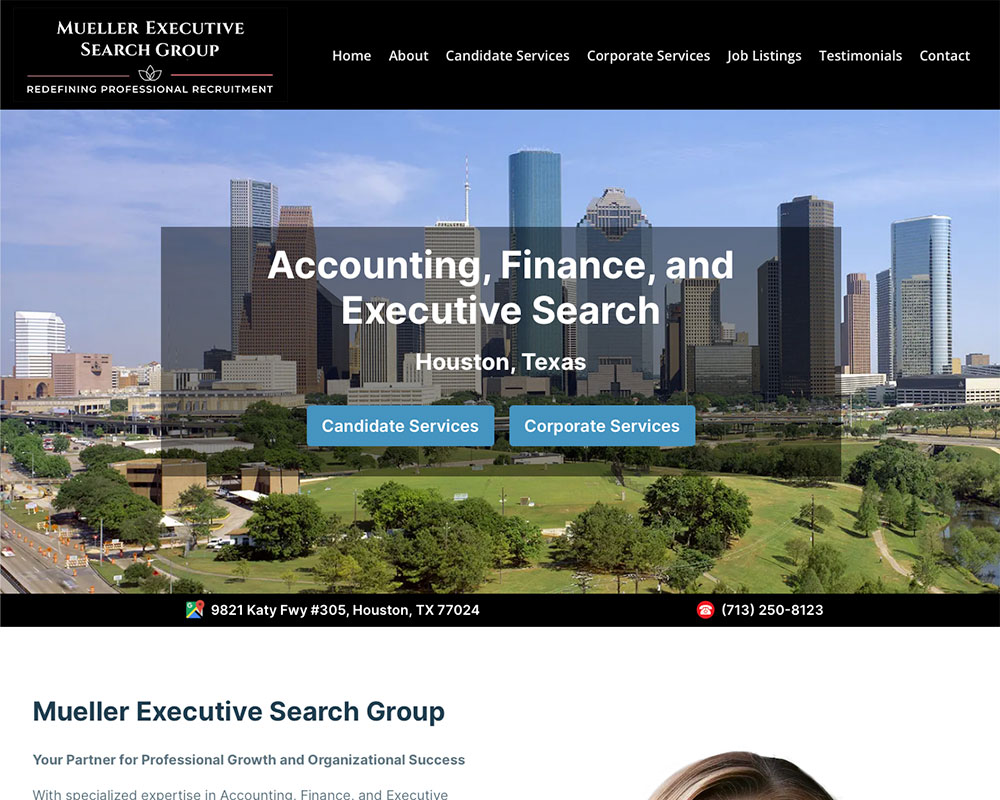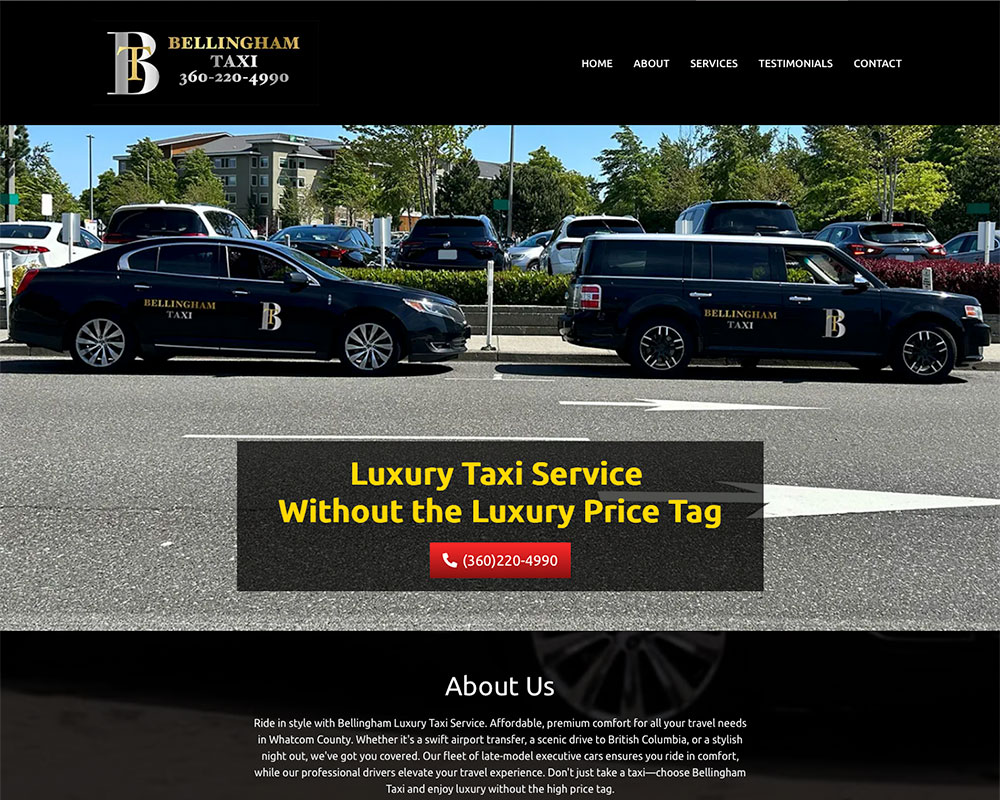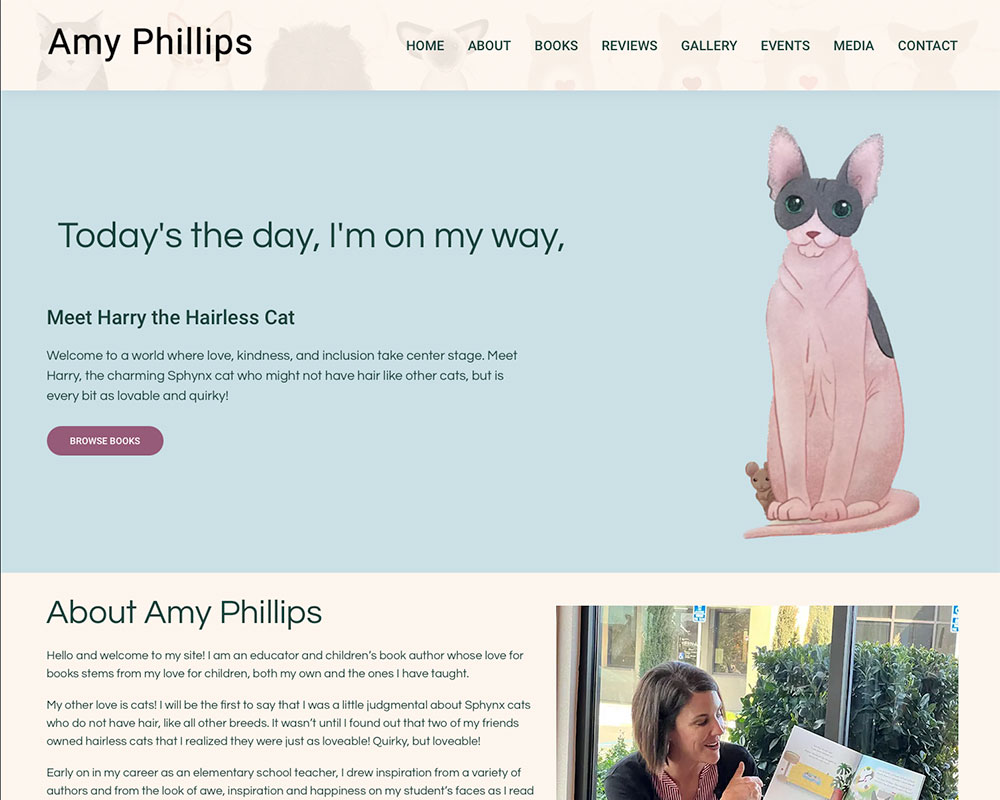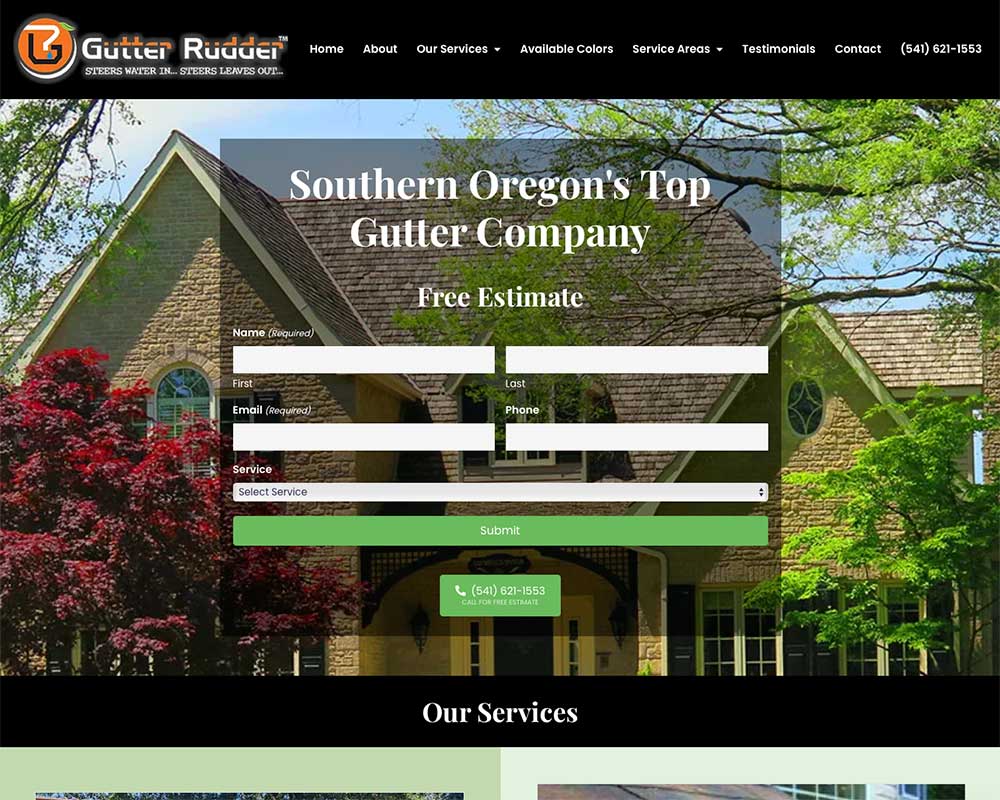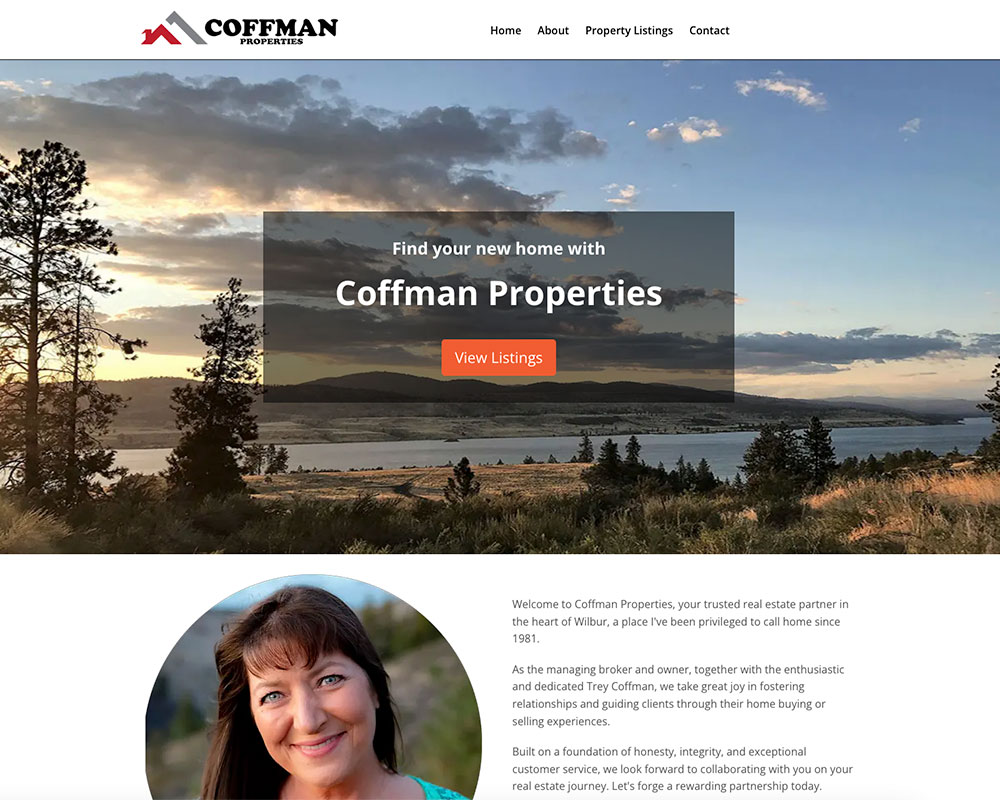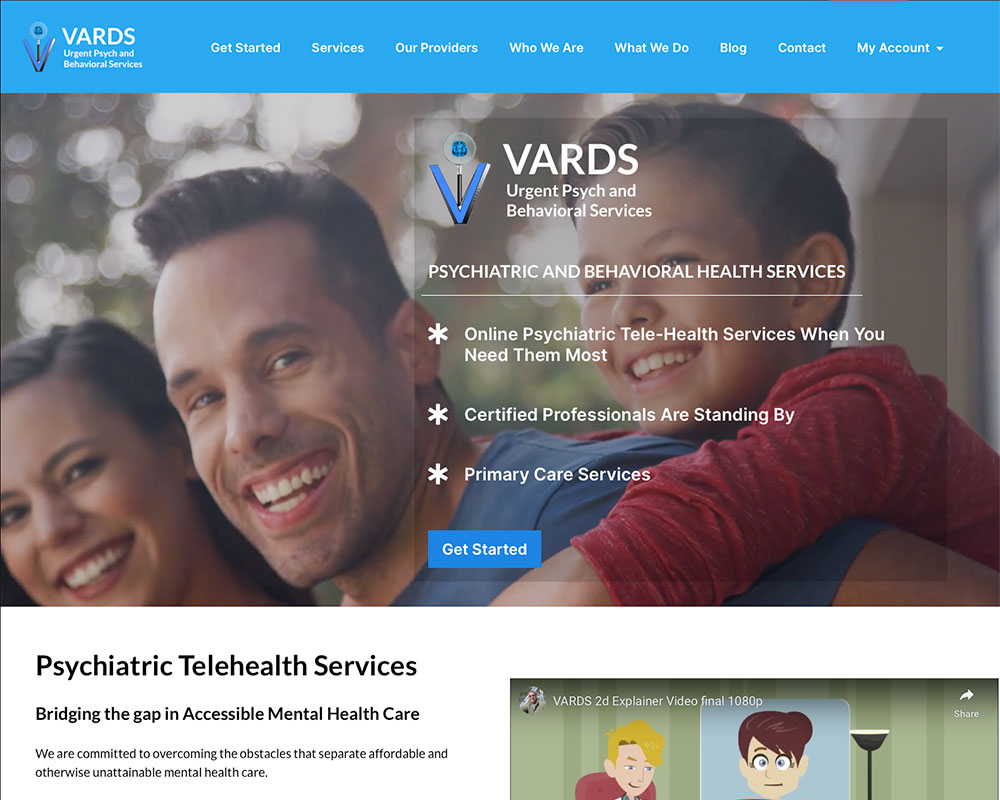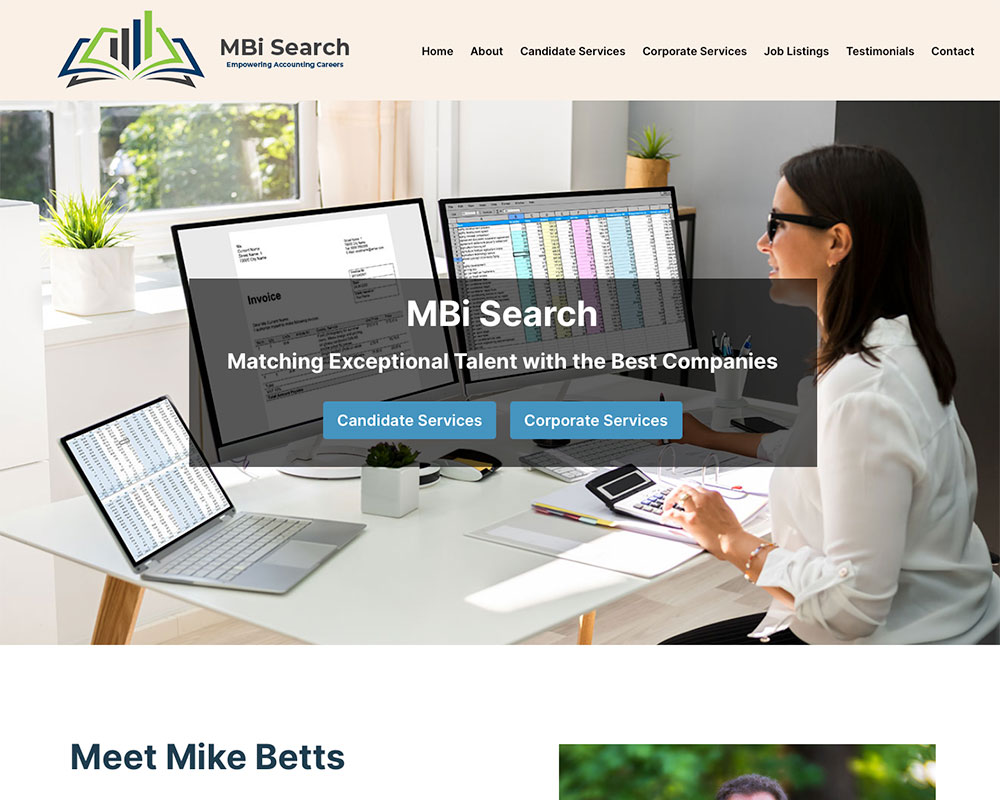Creating engaging content is an essential part of any content marketing strategy. Whether you’re looking to drive traffic to your website, generate leads, or build brand awareness, being able to create high-quality, engaging content is the key to success. But with so much competition online, it can be challenging to stand out and capture the attention of your audience.
If you are a small business owner, it’s important for you to understand how to create effective content that that works. Why is content so important? It’s a key component of the three basic elements of digital marketing. If you are looking to take your digital marketing to the next level, here are 7 tips for creating engaging content that drives traffic and leads:
1. Identify Your Target Audience and Their Needs
Before you begin crafting your content, it’s essential to have a solid understanding of your target audience. This means getting to know who they are, what they’re looking for, and what their pain points are. By conducting research on demographics, interests, and pain points, you’ll be able to tailor your content to your audience and make sure it’s relevant to them.
For example, its a well-known fact that poeple don’t like going to the dentist. So if you own a small dentist office, your audience may be interested in topics related to dental health, such as tooth care tips, common dental issues, and the benefits of regular check-ups.
By creating content that addresses these topics and provides useful information, you can attract and engage your target audience.

2. Choose Your Topics Carefully
What should I write about? This is probably the number one question we get asked when it comes to content marketing. The ideal solution is to use keyword research to find out what people are searching for and what topics are popular in your industry.
For example, if you own a business that sells organic beauty products, you can use keyword research to find out what topics are popular in the natural and organic living space, such as skincare routines and the benefits of natural ingredients.
Creating content that covers these topics and includes relevant keywords can position your brand as a thought leader in the industry.

3. Create a Strong Value Proposition
A value proposition is a statement that clearly communicates the benefits and value that a product or service offers to a potential customer. It explains how the product or service solves a problem or fulfills a need in a way that is unique and compelling.
In simpler terms, a value proposition is a statement that explains why someone should choose your product or service over those offered by competitors. It should be clear, concise, and focused on the benefits that your product or service provides to the customer.
For example, a value proposition for a new smartphone might be, “Our smartphone has a long-lasting battery, a high-quality camera, and a sleek design, making it the perfect choice for people who want a device that can keep up with their busy lives.”
A value proposition like this highlights the unique features and benefits of the smartphone and explains how it addresses the needs of its target market.

4. Use Compelling Headlines
Your headline is often the first thing that people see when they come across your content, so it’s important to make it attention-grabbing and compelling. A strong headline can entice people to click and read your content, while a weak headline can turn them away.
Keyword research is a valuable tool as helps you identify the terms and phrases that your target audience is searching for, which you can then incorporate into your headlines. When doing your research, be sure to include some power words and numbers.
Power words are words that evoke emotion and create a sense of urgency or excitement, such as “amazing,” “explosive,” and “breakthrough.” Numbers can add specificity and credibility to your headlines, such as “10 proven strategies” or “5 explosive growth hacks.”
For example, if your keyword research shows that your target audience is interested in saving money, you could use a headline like, “The ultimate guide to saving $1,000 in 30 days” or “9 amazing benefits of frugal living.”
By incorporating power words and numbers into your headlines and using keyword research to guide your content, you can create headlines that are attention-grabbing and compelling for your audience.

5. Use Visuals and Formatting to Make Your Content More Engaging
People are more likely to engage with content that is visually appealing and easy to read. Using images, videos, and formatting techniques like headings and lists can help make your content more attractive and digestible.
For example, adding a relevant and eye-catching image to your post can help draw the reader’s attention and make your content more memorable.
Images can also help break up long blocks of text and make your content more visually appealing. In addition to images, videos can also be a great way to engage your audience and add another dimension to your content.
Formatting techniques like headings and lists can also help make your content more readable and easier to scan. Headings help break up your content into sections and make it easier for readers to find what they’re looking for. Lists, whether they be numbered or bullet points, can also make it easier for readers to understand and digest your content.
Overall, incorporating visual elements and effective formatting techniques into your content can help make it more engaging and appealing to your audience.
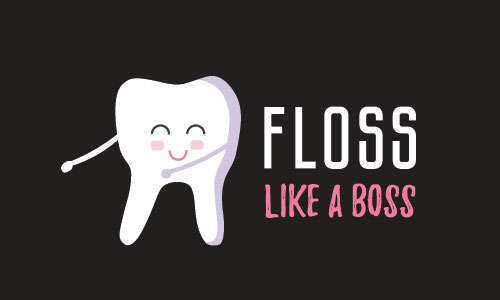
6. Optimize Your Content for Search Engines
You have completed your SEO research and crafted the perfect headline for your blog. Now it is time to SEO optimize it to make sure that it’s easily discoverable by search engines.
Some tactics for optimizing your content for SEO include:
- Identifying and targeting the right keywords: Keywords are the terms and phrases that people use to search for information online. By including relevant keywords in your content, you can improve its chances of ranking in search results for those keywords.
- Using meta descriptions: Meta descriptions are short summaries of your content that appear in search results. By crafting compelling meta descriptions that include your target keywords, you can entice people to click on your content and visit your website.
- Using header tags: Header tags (H1, H2, etc.) help to structure your content and signal to search engines what your content is about. By using header tags appropriately, you can help search engines understand the hierarchy of your content and improve its chances of ranking.
- Optimizing images and videos: By including descriptive filenames and alt tags for images and videos, you can help search engines understand the content of these media files and improve their chances of being found in search results.
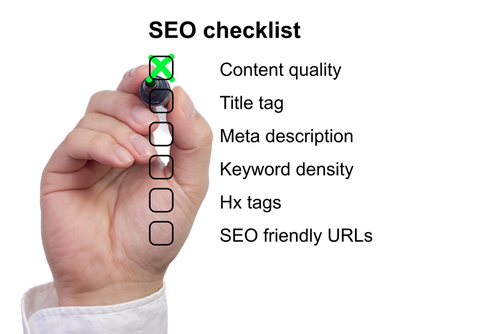
For more information on SEO, we wrote a great article on the 5 Things Small Businesses Really Need to Know About SEO
7. Measure the ROI of Your Content Marketing Efforts
It’s important to track the performance of your campaigns and measure their effectiveness in order to understand what’s working and what’s not.
One key metric to consider is your search position. By tracking your search position, you can see how well your content is ranking on search engines and whether it is being seen by your target audience. This can be a powerful indicator of the success of your content marketing efforts, as higher search positions can lead to more traffic, leads, and sales.
In addition to tracking search position, there are other metrics you can use to measure the ROI of your content marketing efforts, including:
- Traffic: The number of visits to your website from your content marketing campaigns can give you an idea of how well your content is reaching and engaging your target audience.
- Leads: Track the number of leads generated from your content marketing campaigns, such as email subscribers, contact form submissions, or demo requests.
- Sales: Measure the number of sales generated from your content marketing campaigns to see the revenue generated from your efforts.
- Cost per lead: Calculate the cost per lead for your content marketing campaigns by dividing the cost of the campaign by the number of leads generated. This will give you an idea of the cost efficiency of your content marketing efforts.

With these metrics and comparing them to your goals and budget, you can get a sense of the ROI of your content marketing efforts and make informed decisions about how to optimize and improve your campaigns going forward.
Following these tips will help you create engaging content that is effective at driving traffic and leads. Remember to regularly review and optimize your content to ensure that it continues to meet the needs of your audience and achieve your business goals.








